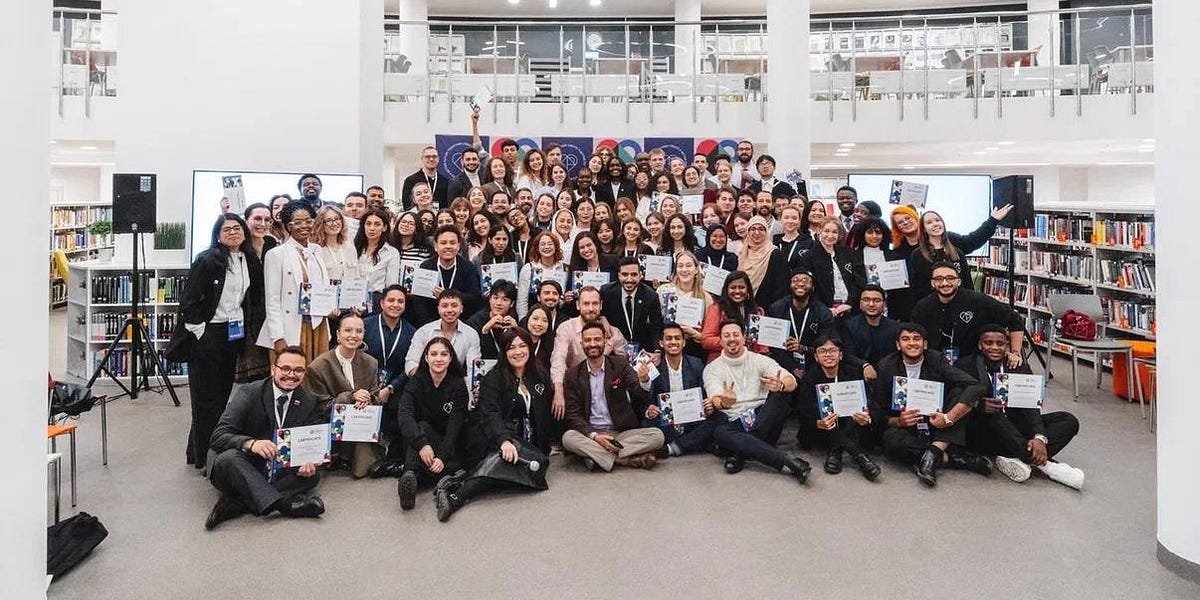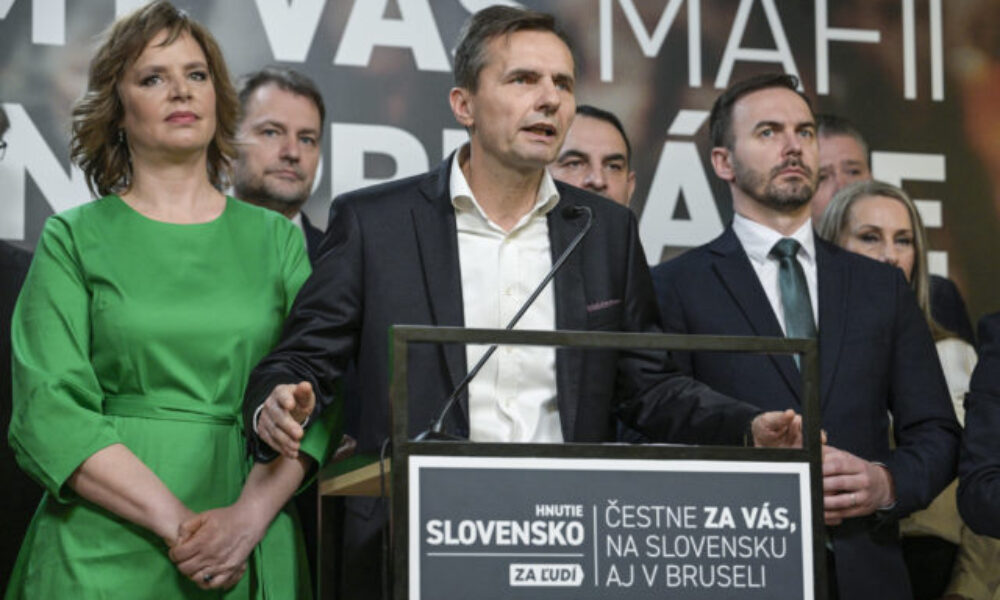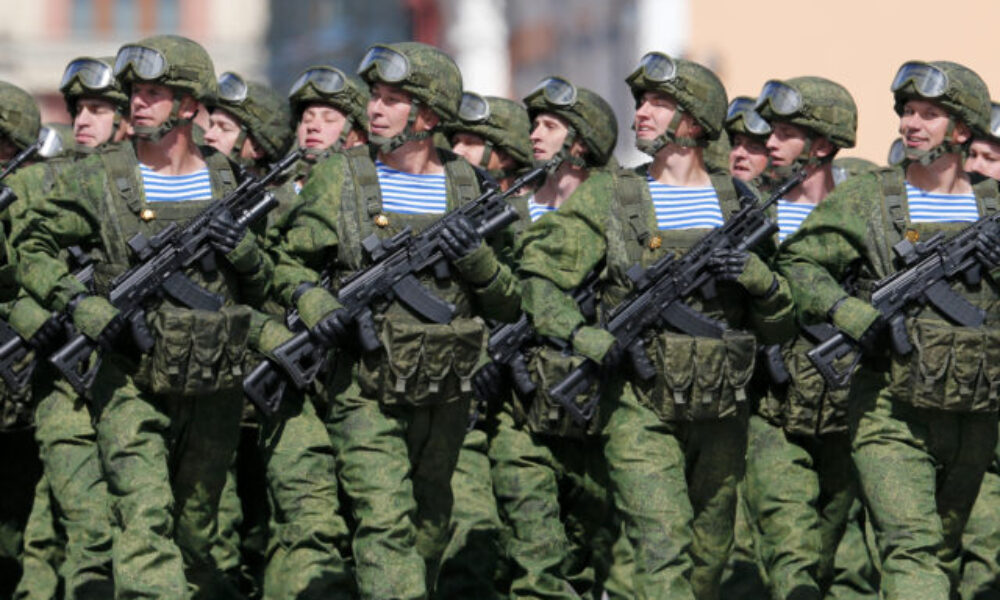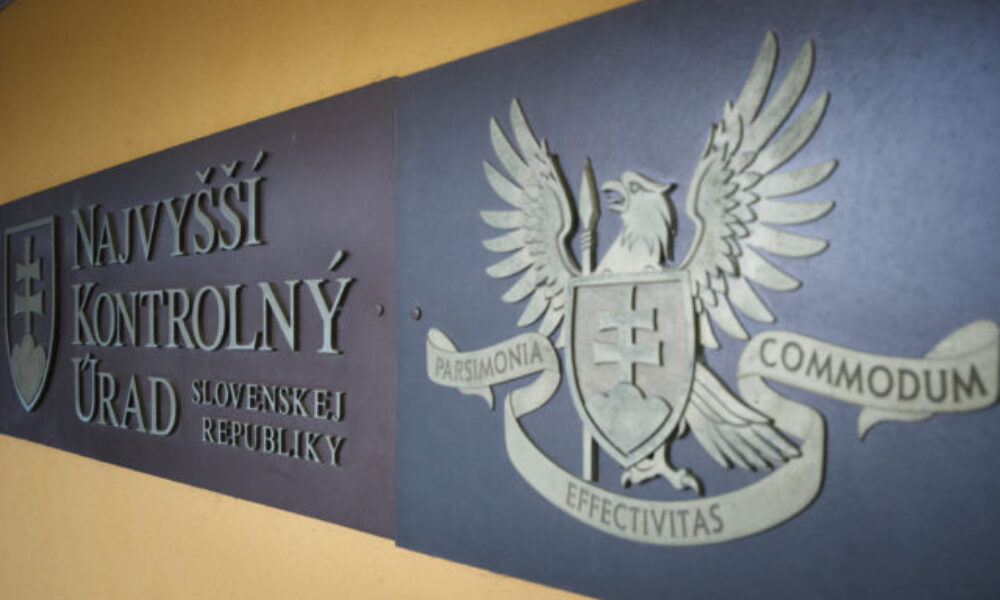
It wasn’t just a conference or a formal gathering. It felt like a real, tangible example of what people-to-people exchange inside the BRICS community can look like when it’s done with intention. For almost five full days, young leaders, diplomats, researchers, journalists, and entrepreneurs from dozens of countries came together with one shared goal: to understand where the world is heading and how our generation can help shape a more balanced, cooperative future.
The program started on a strong note. On the very first morning, we visited the Ministry of Foreign Affairs of Russia, where we had the honor of listening to H.E. Sergey Ryabkov, the Deputy Minister of Foreign Affairs and Russia’s Sherpa to BRICS.
Hearing someone directly involved in the alliance’s development talk not just about policy but also about the responsibility of young leaders set the tone for the entire School. It reminded all of us that BRICS isn’t something abstract — it’s a living project, one that we’re expected to carry forward.
The next day was equally intense and rewarding. We attended lectures by Vyacheslav Nikonov, First Deputy Chairman of the Committee on International Affairs of the State Duma, and Fyodor Lukyanov, Chairman of the Presidium of the Council for Foreign and Defense Policy. These sessions were less about theory and more about challenging the narratives we often take for granted. I loved the fact that no topic felt off-limits; everything from global power shifts to cultural communication was on the table. It wasn’t a passive lecture format, but a real exchange of ideas that encouraged us to rethink what a multipolar world might look like in practice.
One of the highlights for absolutely everyone was National Costume Day. Participants from 37 countries showcased their cultural heritage, and it honestly felt like the warmest, most colorful geography lesson in the world. I made my costume in just two hours (a personal record, honestly), but thanks to Cheburashka and a necklace made entirely of edible bubliks, it still grabbed attention. And yes, the bubliks survived the entire event, so I continued the celebration the next morning by handing them out during our coffee break. It’s the little things that end up building the best memories.
Throughout the School, we had packed, thought-provoking sessions on global politics, sustainable development, economics, and communication strategies. The discussions were deep, honest, and at times unexpectedly emotional. What made them special wasn’t just the expertise of the speakers… it was the fact that the room was full of people who genuinely cared, who came with real curiosity and a desire to build long-term cooperation. You could feel that energy in every conversation, whether it happened in the lecture hall or over late-night tea.
Of course, no big program is complete without a proper finale. The closing ceremony was both celebratory and symbolic: just like that, we officially became BRICS International School alumni. After that, we explored Moscow together. People from all over the world are seeing Red Square, the Kremlin, and Moscow’s main landmarks for the very first time. Watching their reactions made me fall in love with the city all over again.
Looking back, what struck me most was the sense of community. Every national costume told a story. Every discussion turned into a new idea. And every connection felt like the beginning of something that could grow far beyond this week.
For me personally, the School was incredibly motivating. It strengthened my desire to keep using my blog as a platform to break outdated narratives, to show what Russia actually looks like through the eyes of someone who lives here, and to highlight how BRICS countries support one another far beyond official statements.
The School may be over, but the conversations we started and the friendships we formed will transcend to the future.










